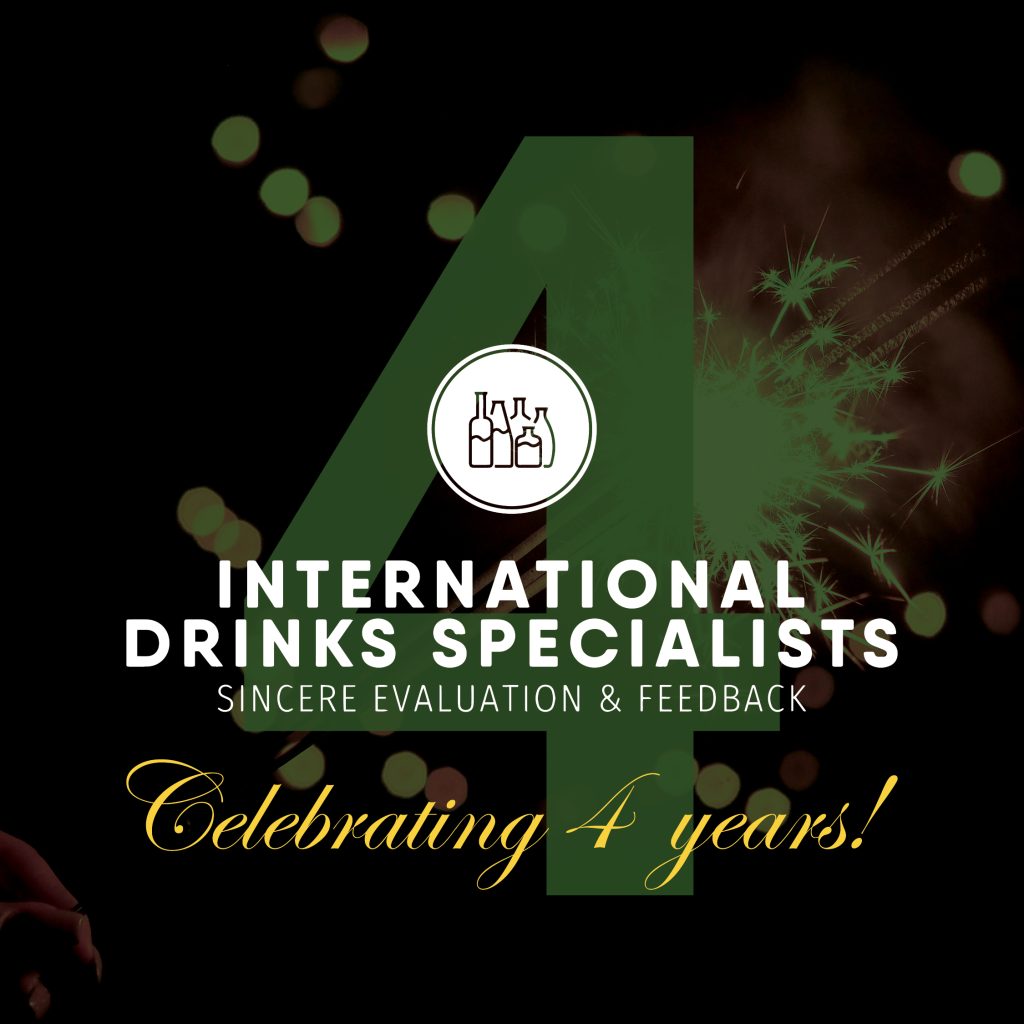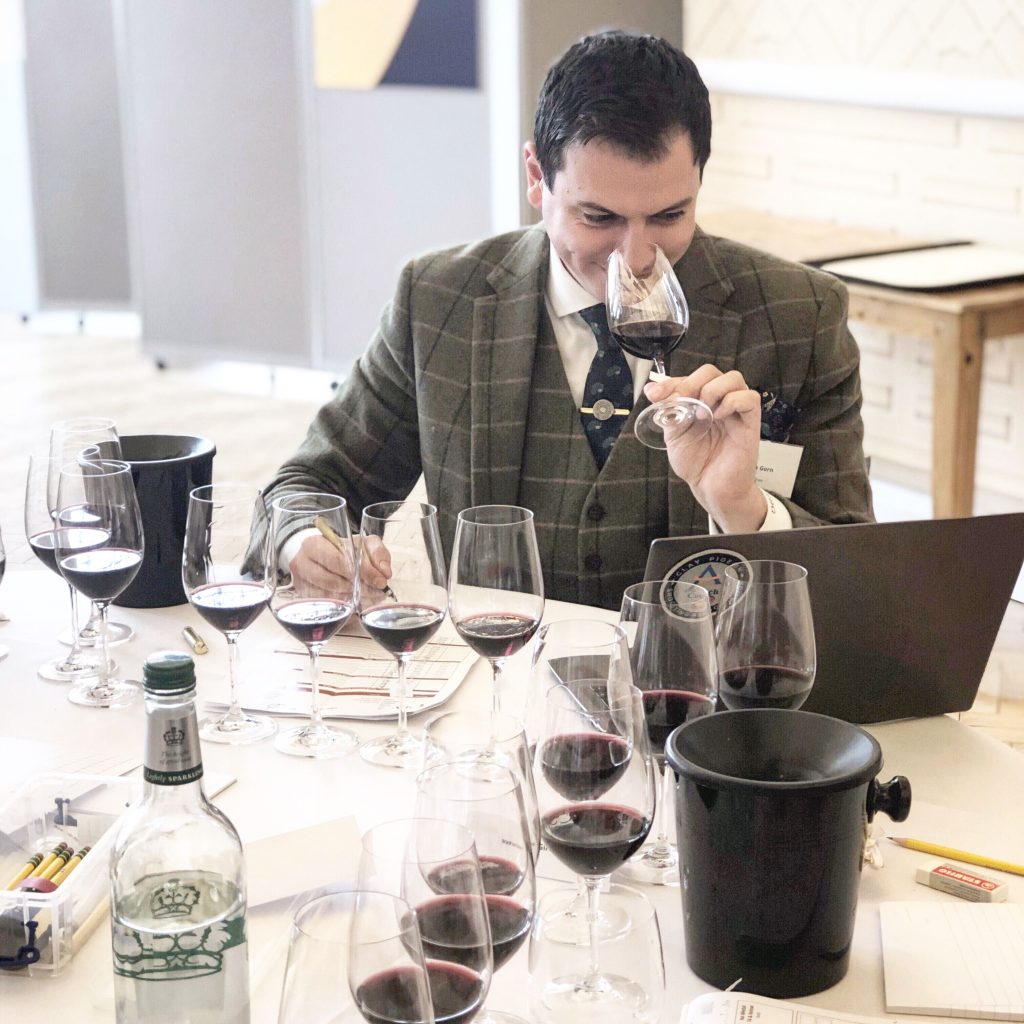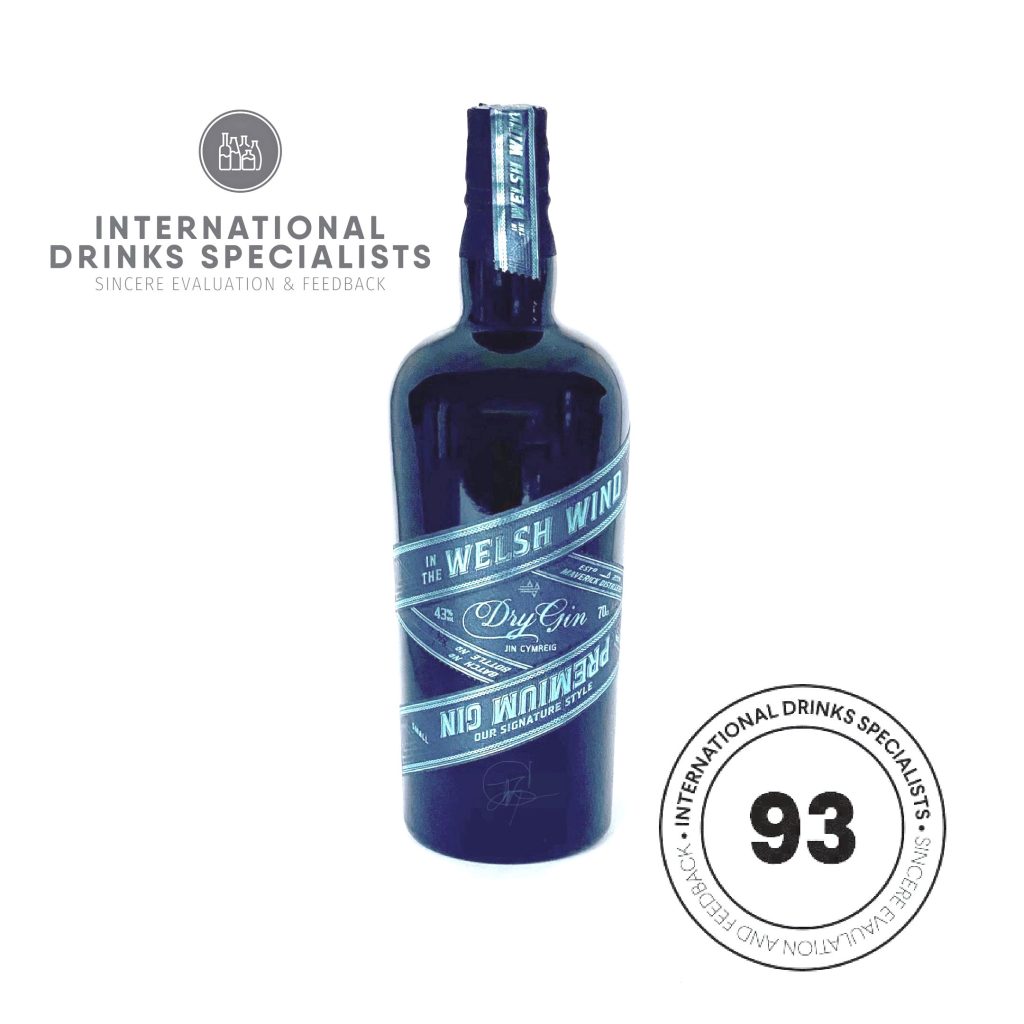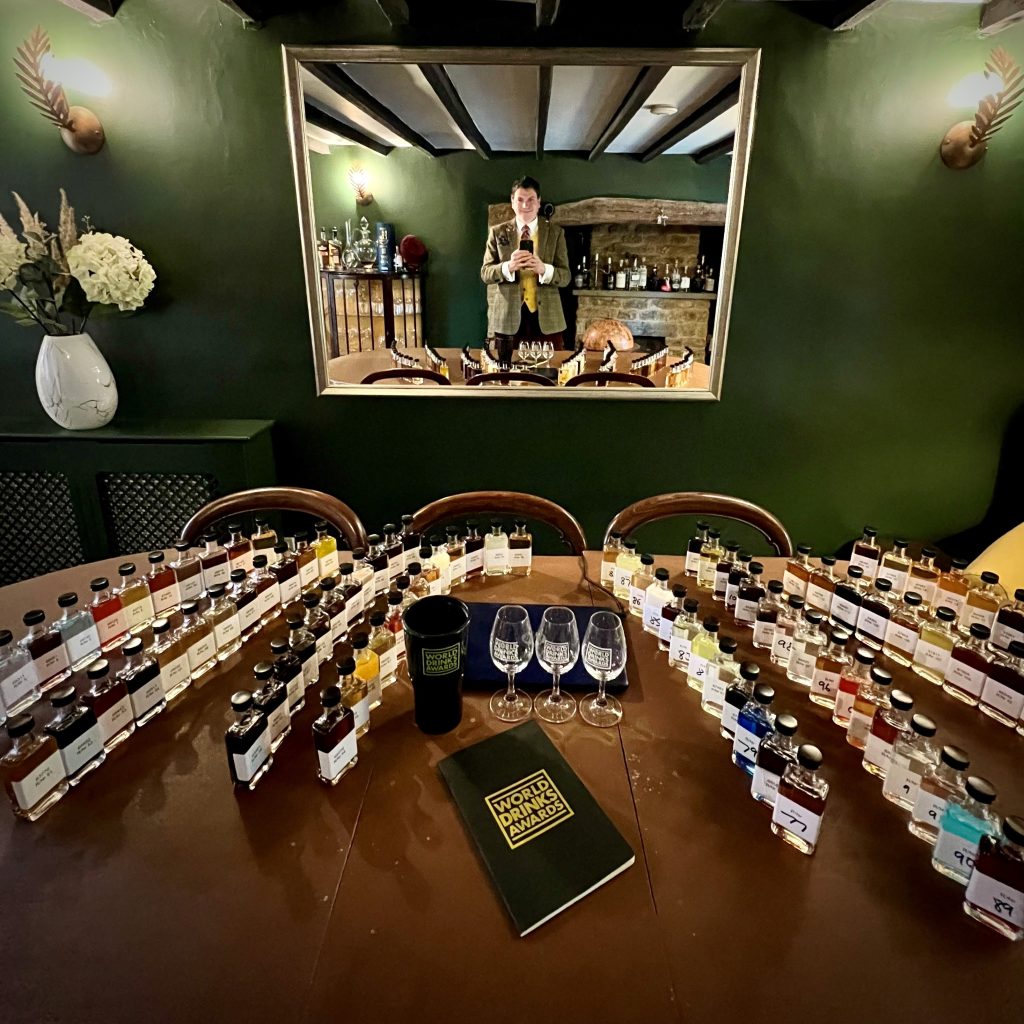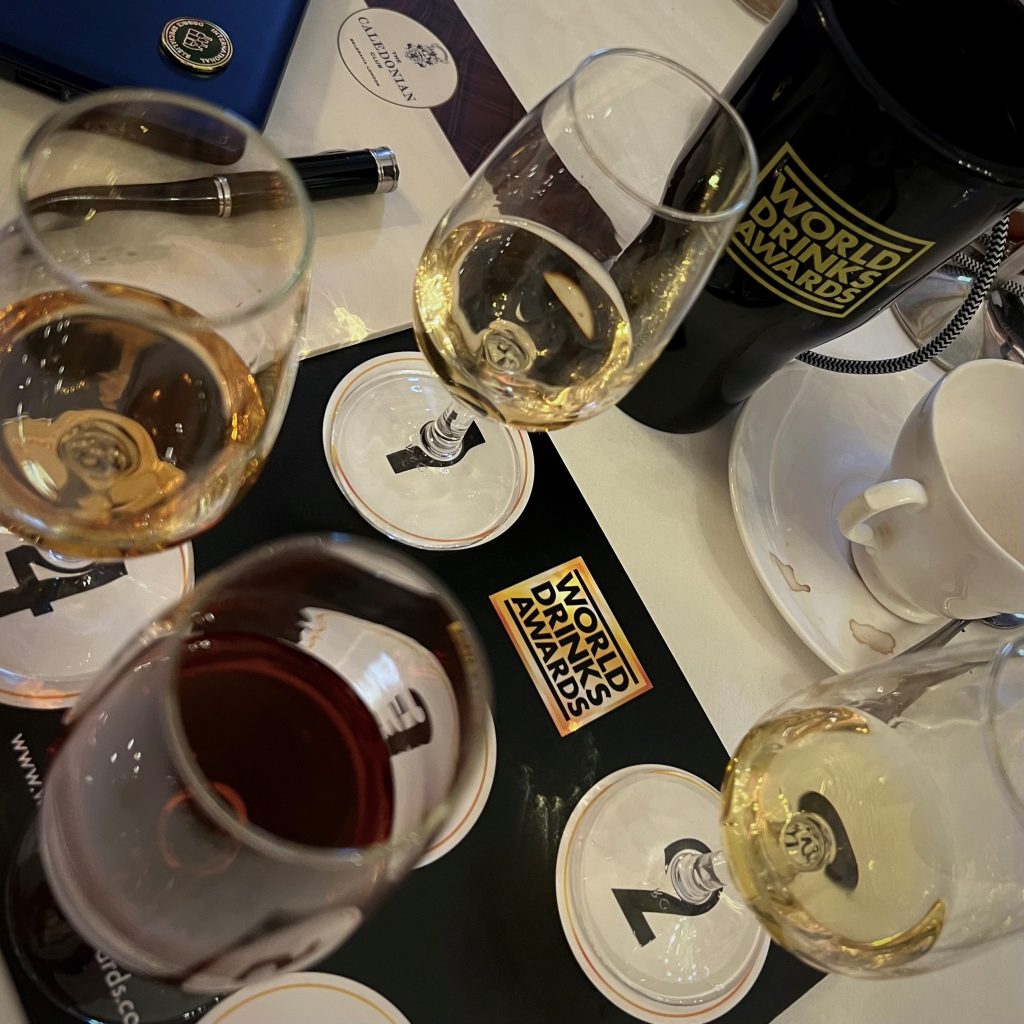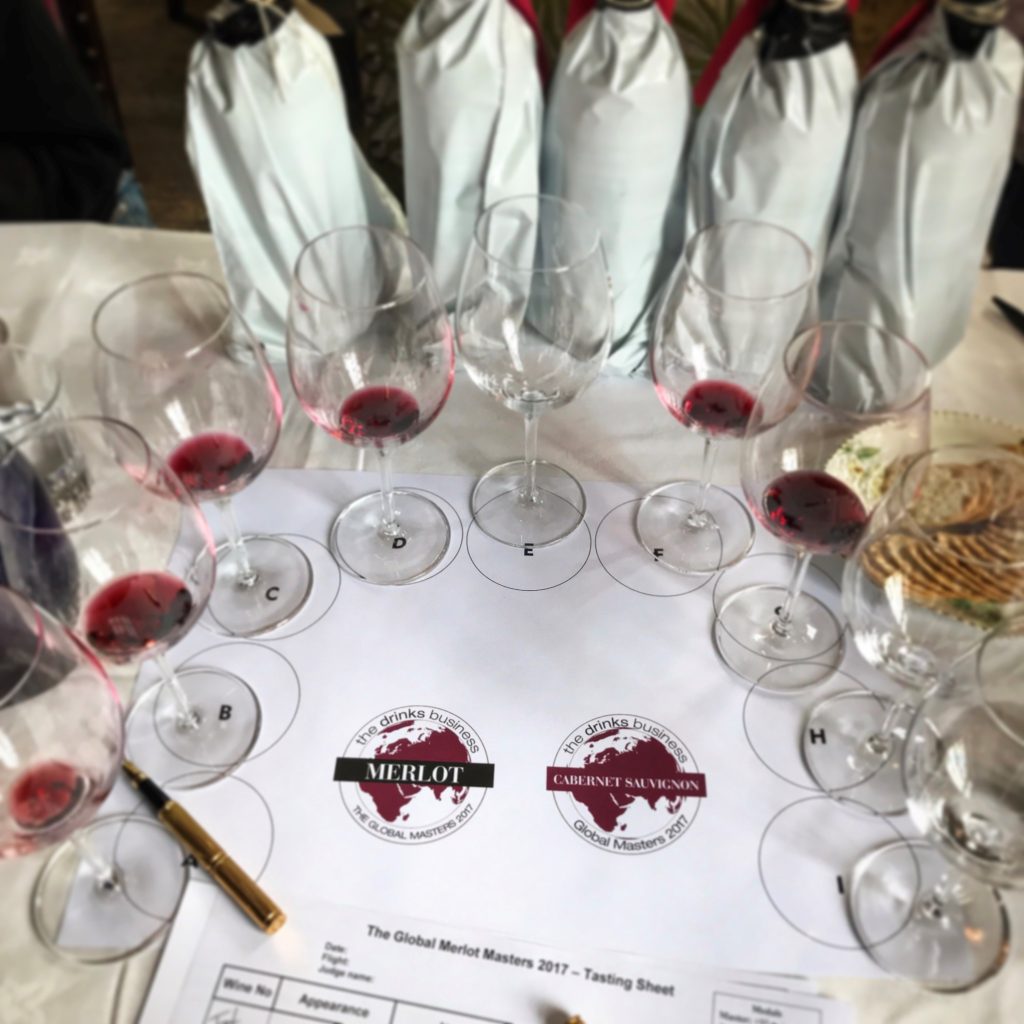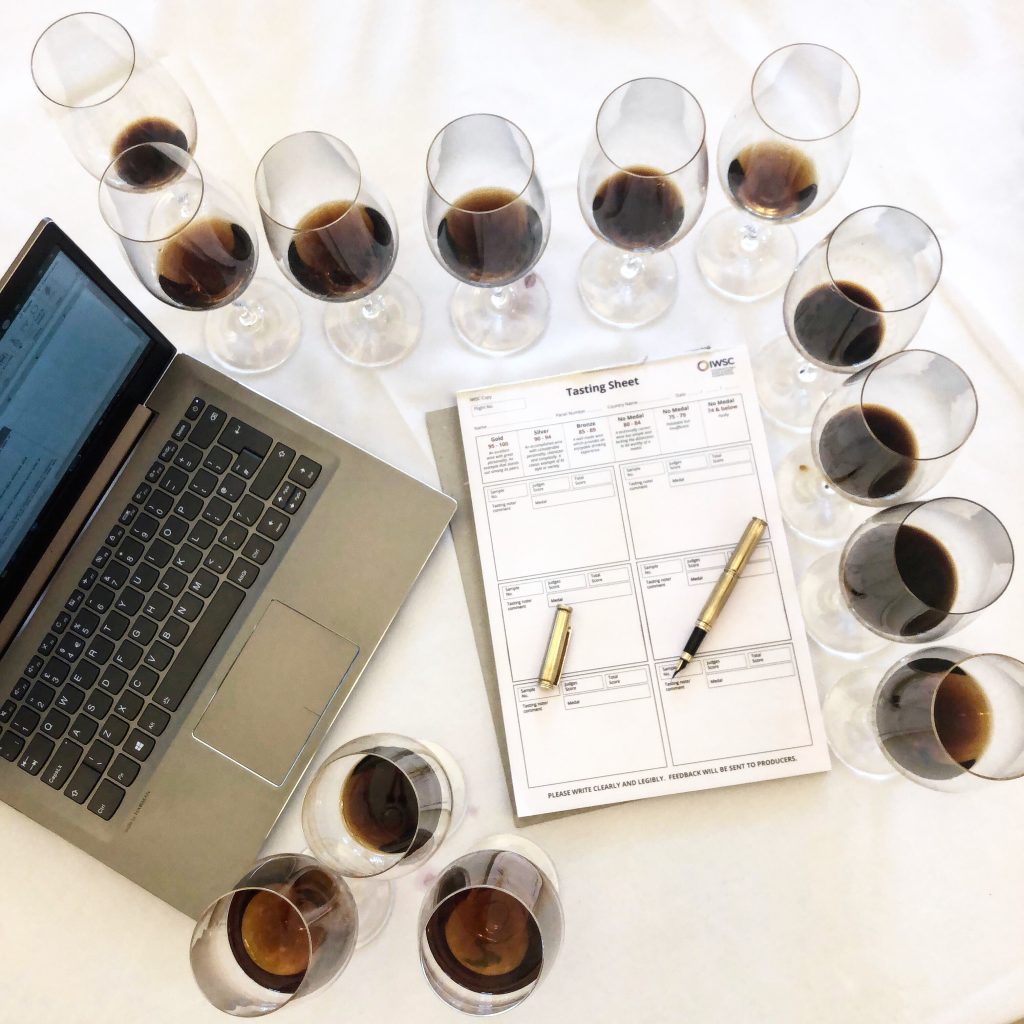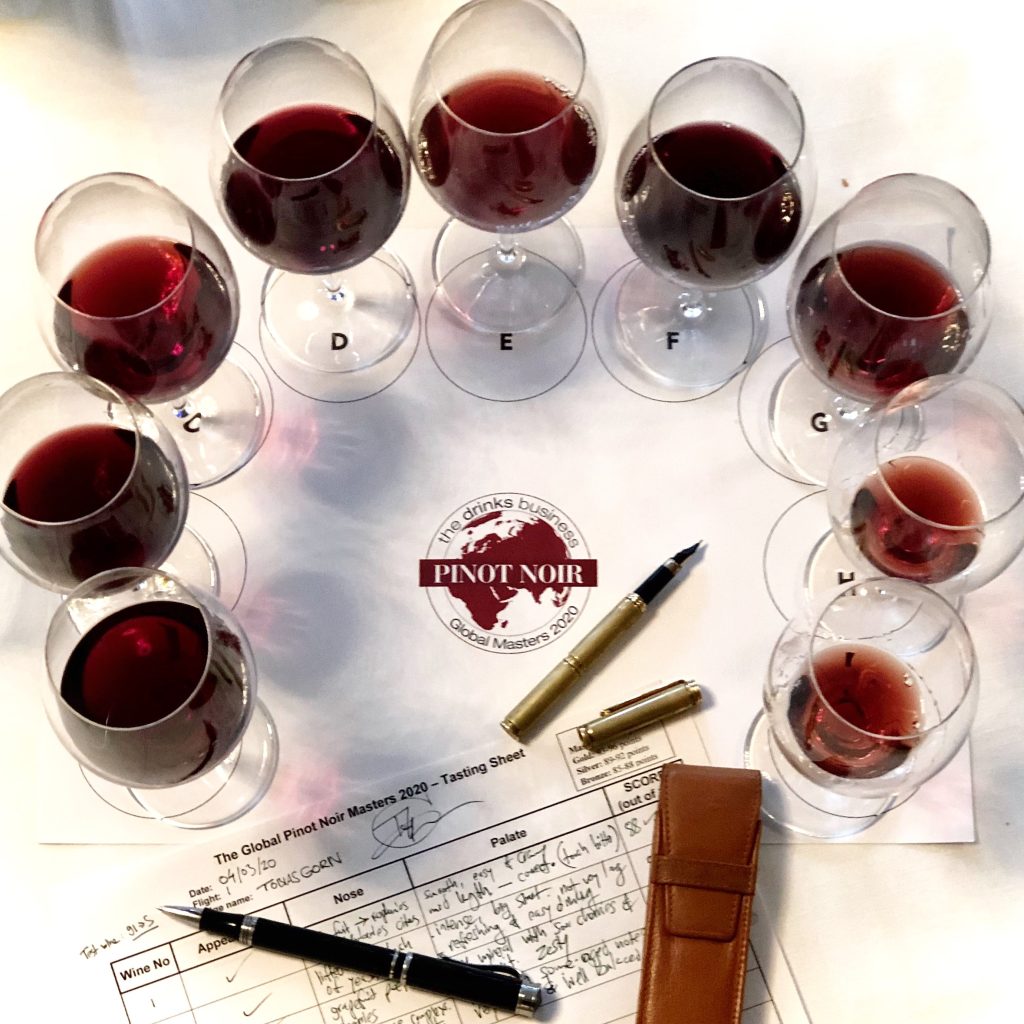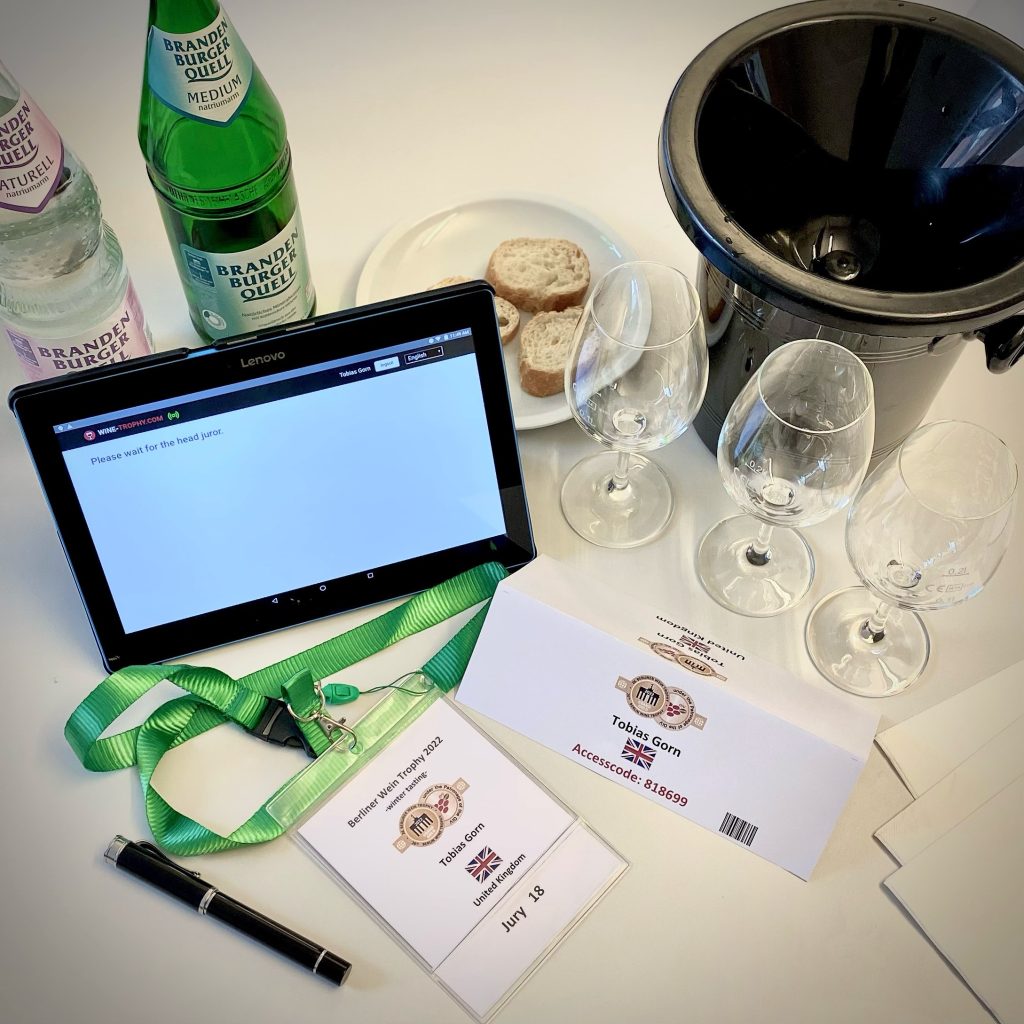Foreword by Tobias Gorn – Editor-in-Chief:
During the recent pandemic and its lock downs and long winter nights, there was a ray of light and excitement in the form of a course lead by two of my friends and fellow IDS members, Toshio Ueno and Marie Cheong-Thong, organised by Sake School of America. This incredibly rich topic with all its mysterious historical background, complex and fascinating technical details and incredible diversity of subtle but rich aromas and flavours was an excellent new subject to learn more about and to explore Japanese culture and history through. Thanks to this course that opened a new world up to me: to an all rounder drinks judge with not too many surprises out there anymore, it was indeed a great revelation and an exciting new field altogether. Recently Marie agreed to have a series of articles in WW&M and we are ever so grateful. Thank you.
Shochu: The Drink of the Gods
The world of spirits – of the imbibing kind – is indeed intriguing, from whisky to vodka to a plethora of world gins to Asian spirits and many, many more. The one commonality is that distillation is involved in their production. And along comes SHOCHU.
What is Shochu
Shochu (焼酎) is the national spirit of Japan. On April 14th 2012, the Japanese government officially announced that sake and shochu were now Japan’s National Alcoholic Drinks.
Shochu is made from selected grains and interesting Japanese fruit and vegetables – yes, starchy vegetables to be exact – through a rather complicated process, as with everything Japanese. “Rule of thumb” consists of using a shochu-specific koji to saccharify the starch in the main ingredient – this is sort of a ‘malting’ process if you are more familiar with whisky-making terms. The moromi (mash) is then fermented using shochu-specific yeast then the mash is distilled in a pot still or continuous still. There are 372 shochu distilleries and a handful outside of Japan. Korea also has a very similar drink, “soju”, but this is NOT to be confused with the Japanese shochu.
Background
China was drinking rice wine (huangjiu) 7000 years ago. This was made by very sophisticated fermentation methods. As rice grains are always threshed and dehusked, germination and malting is never an option in alcohol making, unlike beer. The magic ingredient was QU. This predates the Japanese koji, which is now integral to all TRUE Japanese spirits (Japanese rums, gins, vodka and whiskies excluded as they are made the traditional way). The Japanese learnt from the Chinese: not quite sake but a rather crude version using the likes of Aspergillus, Monascus and Rhizopus moulds which, through their very active enzymes, break down starch into sugar. The earliest form of sake dates back to the Yayoi period, when the rice farmers were living in mud huts with thatched roofs of rice straw. Spores of Aspergillus Oryzae, which was harboured in the straw, dropped into bowls of steamed cooling rice left overnight on tables. Enzymatic reactions from amylase on rice together with ambient yeast created the first known sweet fermented (porridge-like) drink called “sake”. By the 11th Century sake making had progressed with some crude milling of rice, water, koji and yeast, making sake a cleaner, semi-filtered, more imbibable drink, though rather oxidised, stale and cloudy: the true beginnings of Japanese alcohol that was later transformed into the Kome (rice) Shochu as we know it today.
Asian Spirits
While Japan and China drank sake and huangjiu, the rest of the world ticked along. Europe had wine, beer and other fermented drinks. The Mongolians were drinking fermented milk. By the 13th Century, the origins of the alembic had been discovered and were initially used to distil perfumes and medicinal concoctions in the Mesopotamia region of what is now Iraq. Much has been written on the heady aromatic perfumes, herbal & floral tinctures and the medicinal potions created, and, of course, the amazing properties that alcohol can bring to one’s mind and health.
Through the Silk Road and European conquests and missionaries spreading their word, tales of the alembic and its uses travelled far and wide. There were two distinct routes. The first heading west from Mesopotamia, upwards through Europe where wonderful elixirs including vodka, whisk(e)y, brandy and gin sprouted. From Spain, Portugal and England, with maritime exploration, the technology headed across the Atlantic to the Americas and the Caribbean.
The other, and certainly the more mysterious route, headed east into India and the Far East towards China (13th Century), going south over land down to Laos (14th Century) and Thailand and on to the Philippines, eventually reaching Okinawa (15th Century) and the main islands of Japan (16th Century) via four possible routes.
It wasn’t until the mid 16th Century that awamori and shochu came about. The earliest known written record of such drinks was made in 1546 by Portuguese merchant and sea captain Jorge Alvarez, while staying in the Satsuma region (now Kagoshima, Kyushu), where his diaries mentioned, “To drink, there is an Orraqua made from rice”. Then 1559 saw a comment written, on a wooden plaque, by two carpenters at the Koriyama Hachiman shrine in Kagoshima, claiming the monks were very stingy and never offered them any shochu while they were working on the shrine. This showed that shochu was probably served to important guests at the shrine and the lowly carpenters were not included.
Japan was an isolated island with closed doors, actually, locked doors. From 1603 to 1868 during the Edo period no foreigners (gaijin) were allowed in. The only country it traded with was what used to be the Kingdom of Ryukyu (now Okinawa). Therefore the birth of Japan’s distilling industry started in Okinawa with awamori, a type of shochu made with Thai rice. From there alcohol making spread very quickly into Kyushu using various agricultural products including sweet potato and barley. Within years Japanese had a national spirit that was delicious and versatile. Rules and regulations were quick to set in as the Japanese government saw a cash cow providing revenue in the form of alcohol taxes. Today shochu can be made from a maximum of fifty-five “allowed” ingredients and has to be equal to or less than 45% ABV. Incidentally, there are other rules set, including a very interesting one by the UK’s Margaret Thatcher on her trade visit to Japan, to protect the UK’s Scottish Whisky industry. To distinguish barley shochu from whisky, the colour intensity of barley shochu after ageing in wood has to be lighter than that of whisky, with a spectrometer reading of less than 0.08. This is great evidence that shochu is technically a distant cousin of whisky. More on that in the next issue when we delve into the different shochu available, classifications and other quirky trivia.
The most popular shochu are currently imo (sweet potato), mugi (barley), kome (rice), soba (buckwheat) and kokuto (brown/black sugar). Awamori is a shochu made in Okinawa and fits into this category too. And not so surprisingly, actually more shochu is drunk in Japan than sake.
Fermentation and Distillation
There are many types of fermentation, including the original caveman version of chewing seeds and grains then spitting into basins and allowing the “mash” to ferment in the open in the presence of wild yeast.
The ferment (usually 8-10%ABV) is then distilled to form the end spirit. TRUE Asian spirits, including Japanese spirits such as shochu, baijiu (from China) and soju (from Korea) fall into the multiple parallel fermentation category. Asian-made whiskey, rum, gin and vodka are from malted grains (multiple line category). Cognac and the likes of fruit brandy are of course the single line version.
To learn more about Shochu, The International Sake School runs one day Shochu Advisor courses regularly in London, Europe and the rest of the world. This course is taught by Marie Cheong-Thong. For further information, please contact:
Marie@thelarderat36.co.uk
Ikkomon Imo Shochu – Satsuma Imo is the sweet potato variety that has been used, made with Sweet potato white koji. Made ‘Otsurui’ – normal pressure distillation in Kagoshima Prefecture – 25% ABV
Floral, fresh and very fragrant on the nose, with aromas of roses and lychees, reminiscent of Gewürztraminer-based wines from northern Europe, and boiled sweet potatoes. Think of lychees, jasmine tea, and rice pudding. The medium-bodied palate is elegant and crisp, with a touch of sweetness and plenty more fruity and floral notes, followed by a soft and slightly herbal finish with a touch of citrus. It is very smooth and clean throughout.
Great with spicy dishes, excellent neat but great on-the-rocks and it works with Indian tonic water and lemonade. Great with just a splash of soda as well.
IDS Score 94 points
Kurokame Imo Shochu – made out of the Otsu sweet potato variety from Kyushu with Black rice koji, distilled under normal atmospheric pressure in Kagoshima Prefecture – 25% ABV
Pronounced and elegant on the nose, with woody and earthy notes, reminiscent of rye bread and mushrooms, and the mineral and floral aromas of roast sweet potato with some toasted almonds and even marzipan with some lime blossom. On the palate it is savoury and rich, with a lovely body and weight to it, and just a touch of acidity balancing the richness and a lovely umami sensation deepens the complexity. It is delightfully smooth and refreshing throughout.
It is great neat and can match heavier main dishes and it makes a nice after dinner digestif – worth trying it with hot water on a cold winter day.
IDS 95 points
Ark Jakuunbaku (Unfiltered) Barley Shochu – Otsu Rui barley Shochu made with black barley koji and single distilled under normal atmospheric pressure in Fukuoka Prefecture 24% ABV
Fresh and grassy, with plenty of roast barley and some savoury malted aromas and fruity hints on the nose. The palate is delicate, sweet and savoury at the same time, with a pleasingly creamy texture. Think of roasted barley, nutmeg, cinnamon balanced by lime zest and curry leaf. Nice aromatics and fresh grain notes come through from the barley, and a touch of grassy and floral notes return, followed by a long and complex finish and just a touch of a warming sensation in the end.
It is refreshing and great on-the-rocks, or served with water or cold soda water and it can work in many cocktails too.
IDS: 93 points
